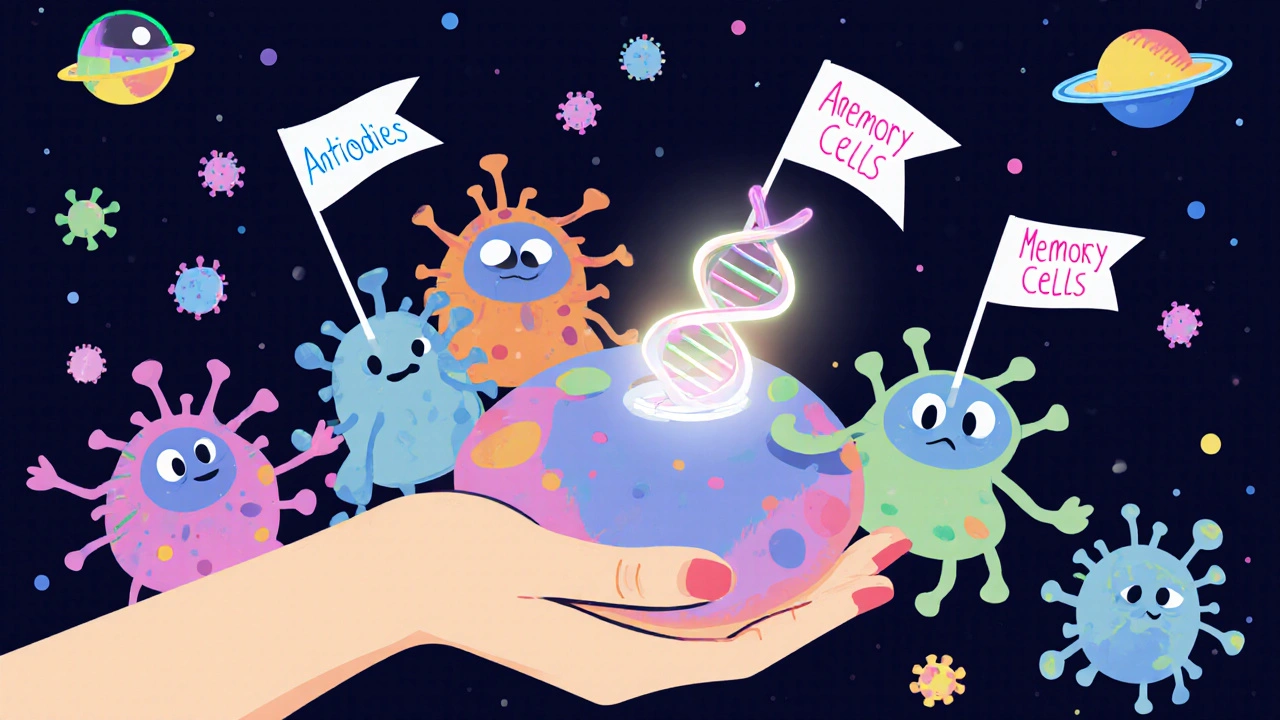When a new drug gets approved, it doesn’t mean the story ends. post-approval monitoring, the ongoing tracking of a medication’s safety and effectiveness after it’s available to the public. Also known as pharmacovigilance, it’s the system that catches problems clinical trials missed—like rare side effects, dangerous interactions, or risks that only show up after years of use. Think of it like a car recall: just because a car passes safety tests doesn’t mean it won’t have a hidden brake flaw that only appears after 10,000 miles. The same goes for medicines.
Many drugs look perfect in trials because they’re tested on healthy volunteers or small groups with one condition. But once thousands—or millions—of people start taking them, things change. Someone with kidney disease might react badly. A woman on birth control might develop a blood clot. An elderly patient on multiple meds might have a dangerous interaction. That’s where adverse effects, unexpected or harmful reactions to a medication come into play. The FDA, EMA, and other agencies rely on doctors, pharmacists, and patients to report these reactions. This data builds a real-time picture of how safe a drug really is.
Some of the most important lessons in drug safety came from pharmacovigilance, the science and activities related to detecting, assessing, understanding, and preventing adverse effects or any other medicine-related problem. Take Vioxx: it was widely prescribed for arthritis until post-approval data showed it doubled the risk of heart attacks. Or thalidomide: banned in the 1960s after causing birth defects, it led to the modern system of post-approval tracking. Even today, drugs like clozapine and voriconazole require strict monitoring because their risks aren’t fully known until used in real life. That’s why posts on this site cover things like how smoking affects clozapine levels, or how kidney disease changes dosing for antifungals. These aren’t just niche topics—they’re direct results of post-approval monitoring in action.
And it’s not just about danger. Post-approval monitoring also finds hidden benefits. A drug meant for one condition might help with another. A side effect like weight loss could become a new use. This is why tracking real-world outcomes matters more than lab results. The data you see in articles about indapamide side effects, penicillin allergies, or drospirenone’s effect on migraines all come from this ongoing watch. It’s how we learn what works, what doesn’t, and who it’s safe for.
You don’t need to be a doctor to understand why this matters. If you’re taking a medication long-term, you’re part of this system. Reporting a weird symptom, asking your pharmacist about interactions, or reading up on real-world risks isn’t just smart—it’s essential. The articles below dive into exactly these kinds of real-life medication stories: how drugs behave outside the lab, what patients actually experience, and what you should watch for after your prescription is filled.
Posted by
Jenny Garner
15 Comments

mRNA therapeutics have transformed medicine since 2020, but understanding their side effects and how safety is tracked after approval is crucial. This article breaks down common reactions, rare risks like myocarditis, and how global systems monitor long-term safety.
read more